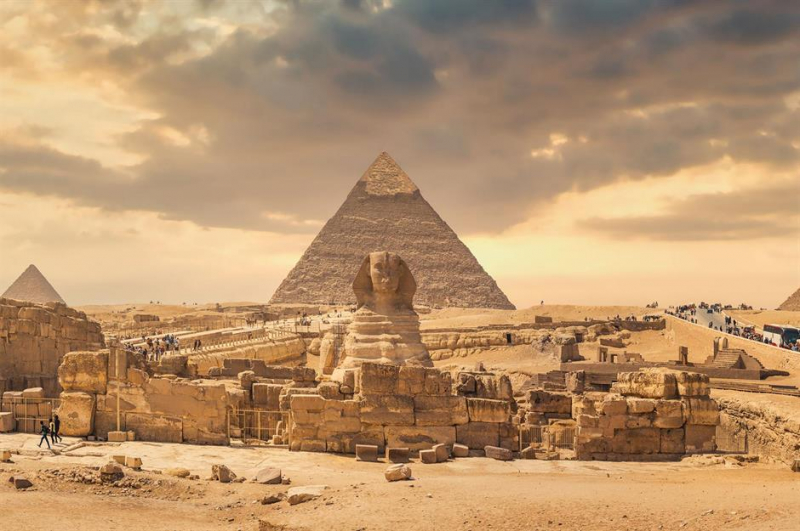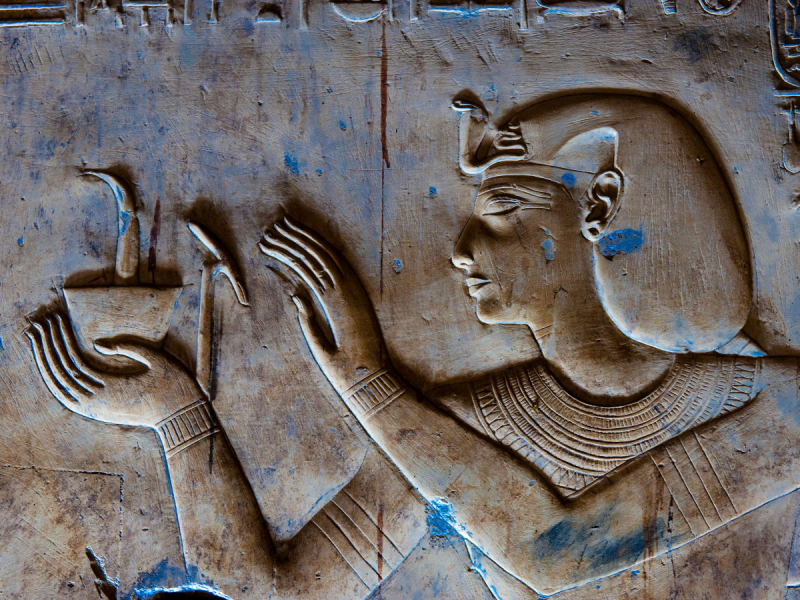The Ancient Egypt Civilization
Ancient Egypt was a civilization in ancient Northeast Africa, located in Egypt's Egyptian Nile Valley. Prehistoric Egypt gave way to ancient Egypt, which came to a head circa 3100 BC (according to standard Egyptian chronology) with the political unification of Upper and Lower Egypt under Menes (often identified with Narmer). Ancient Egypt's history was characterized by a sequence of stable kingdoms separated by periods of relative insecurity known as Intermediate Periods: the Old Kingdom of the Early Bronze Age, the Middle Kingdom of the Middle Bronze Age, and the New Kingdom of the Late Bronze Age.
The ability of ancient Egyptian civilization to adapt to the agricultural circumstances of the Nile River valley contributed to its prosperity. The fertile valley's predictable flooding and managed irrigation generated excess harvests, which supported a more dense population, as well as social development and culture. With extra funds, the administration supported mineral extraction in the valley and surrounding desert regions, the early development of an independent writing system, the organization of collective construction and agricultural projects, trade with neighboring regions, and a military designed to assert Egyptian dominance. A bureaucracy of elite scribes, religious leaders, and bureaucrats under the supervision of a pharaoh motivated and organized these efforts, ensuring the collaboration and unity of the Egyptian people in the context of an extensive system of religious beliefs.
The ancient Egyptians' many achievements include quarrying, surveying, and construction techniques that aided in the construction of monumental pyramids, temples, and obelisks; a mathematical system, a practical and effective system of medicine, irrigation systems, and agricultural production techniques, the first known planked boats, Egyptian faience and glass technology, new forms of literature, and the earliest known peace treaty, made with the Hittites.
Ancient Egypt has left an indelible mark. Its art and architecture were widely copied, and its relics were taken to distant lands. For millennia, its colossal ruins have captivated the minds of tourists and writers. In the early modern period, Europeans and Egyptians developed fresh regard for antiquities and excavations, which led to the scientific examination of Egyptian civilization and a greater appreciation of its cultural legacy.
Period: 3150 BC - 30 BC
Original location: along the River Nile
Current location: Egypt
Major highlights: The pyramids of Giza












